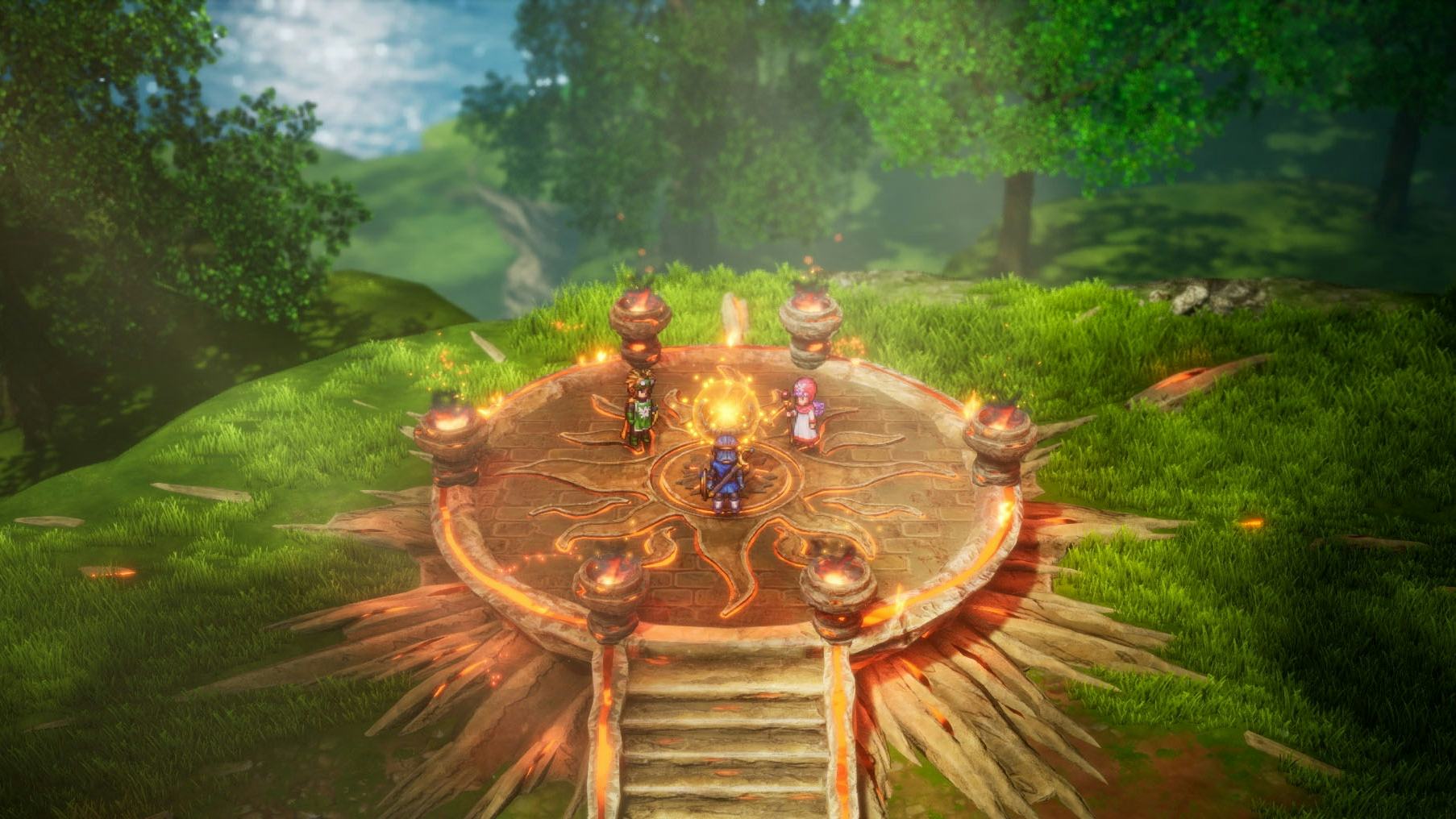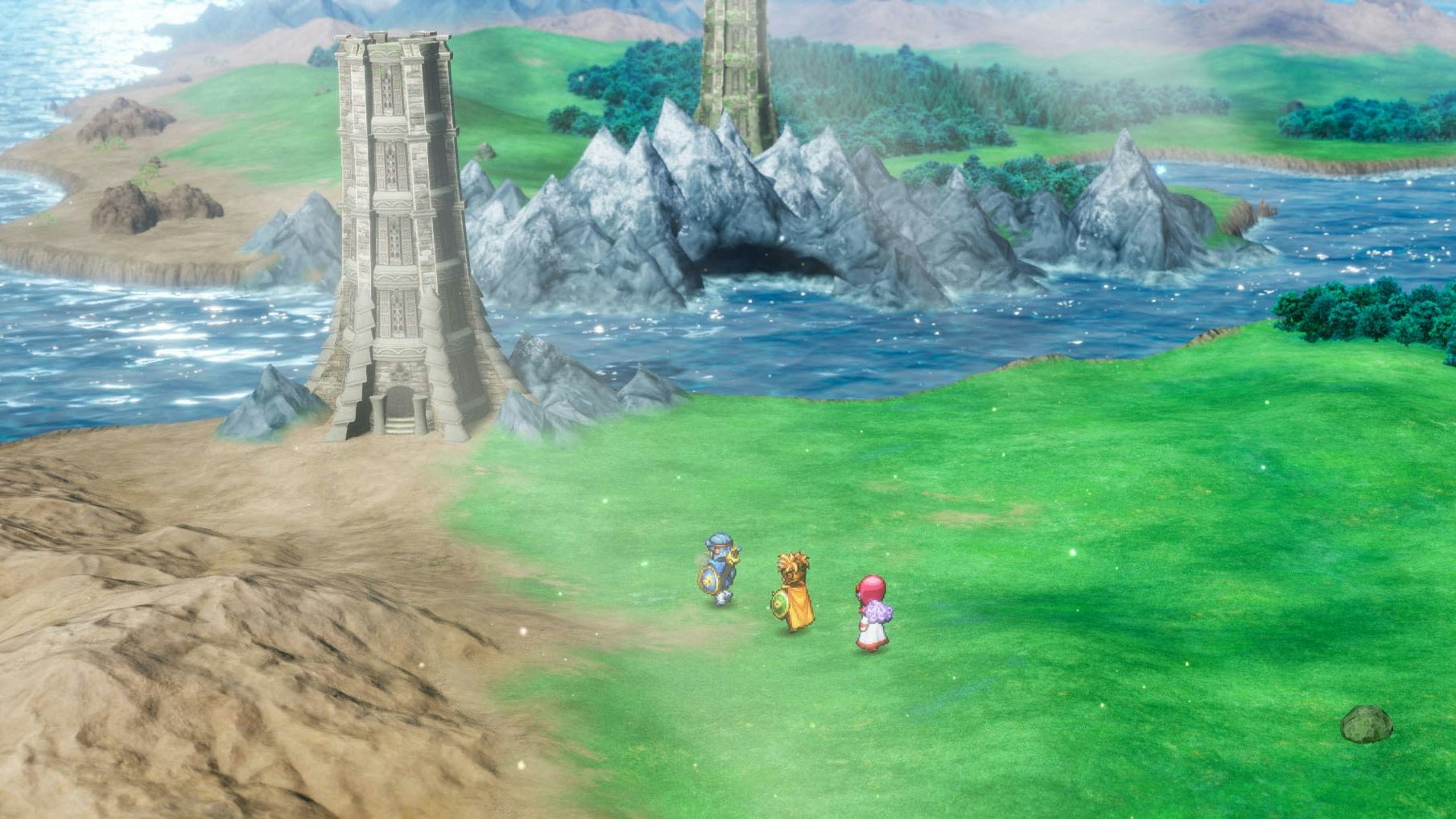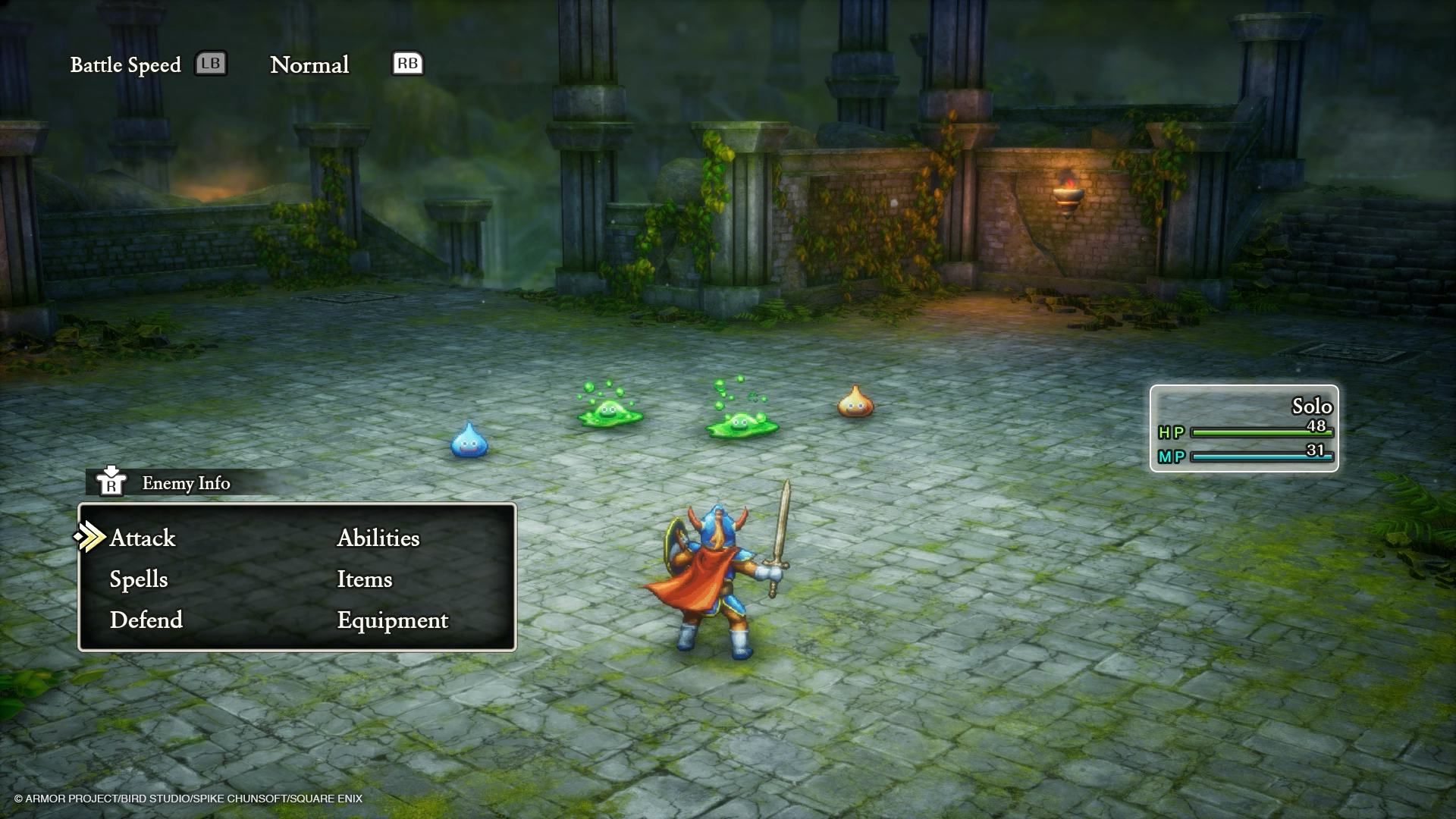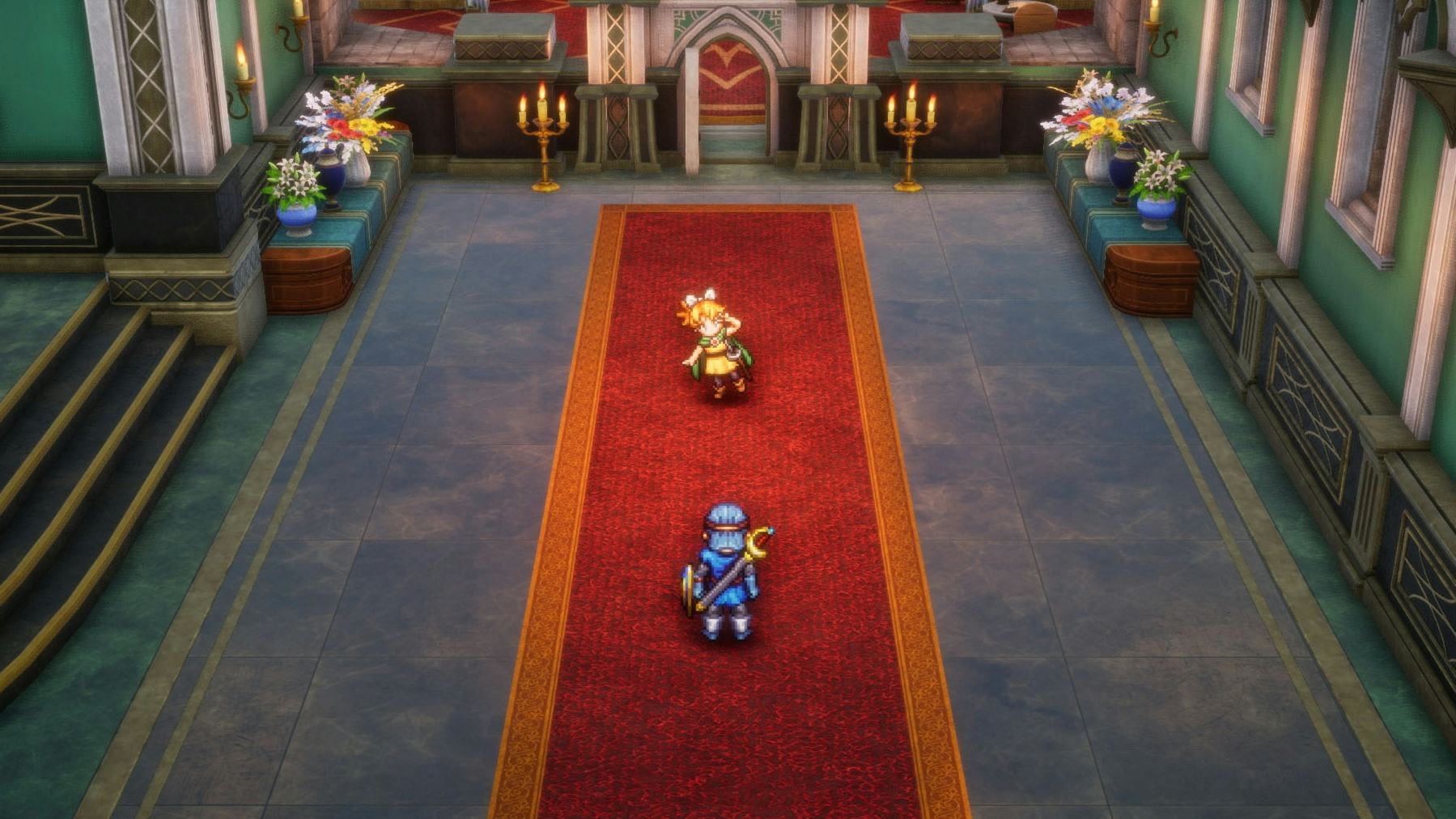
The Dragon Quest series isn’t the most well-known within Square Enix’s stable, but it’s one of the most influential. Its simple turn-based combat became the blueprint of hundreds of modern RPGs. It doesn’t have any fancy battle mechanics like Persona’s Press-Turn system. But that’s what’s so special about these remakes. They offer chances for new fans to experience how RPGs were like 40 years ago without the complexity and fluff, but with modern sensibilities so that they’re both playable and accessible.
Starting last year, developer Square Enix has been remaking the original Dragon Quest trilogy, starting with the Dragon Quest III HD-2D remake, upgrading the graphics and adding new gameplay features. This year, Square Enix is releasing the other two games in the trilogy with Dragon Quest I and II HD-2D remake. While the double pack feels incredibly familiar, there are a few key differences in their gameplay presentations that make them distinct from each other. Inverse spent 20 minutes each on both games, and came away impressed.
Chronologically, Dragon Quest III is a prequel to the first two games, which is why its HD-2D remake was released before the others. The story follows Edrick as he saves the world from the dark fiend Zoma. In Dragon Quest I and II, you play as Edrick’s descendents. In the former, the hero goes on a journey to defeat Dragonlord, while in the latter, the hero gathers companions to defeat the evil wizard Hargon.

All three of these storylines are straightforward, something players should expect from RPGs made in the 1980s. Don’t go expecting stories as emotional as Xenoblade Chronicles 3 or Expedition 33. These games are very much a product of their times, and serve as reminders of how far storytelling in video games have come since then. It also makes me appreciate 2018’s Dragon Quest XI: Echoes of an Elusive Age and how heart-wrenching its story is. Dragon Quest has come a long way since its inception and I can’t wait for Dragon Quest XII: The Flames of Fate, which was announced all the way back in 2021 with no release date in sight.
Now going back to the Dragon Quest I and II remakes, what makes them different from the Dragon Quest III remake is how the characters are set up. In Dragon Quest III, you played as Edrick and were able to essentially create your own party members. By selecting different classes and attributes, you could form your own team of four characters to tackle all kinds of enemies. The characters were also just blank slates with no personality to them.
In Dragon Quest I, instead of a party of four, your character plays entirely solo. It’s a drastic change from Dragon Quest III. The gameplay is literally the same. You and your enemies take turns dishing out attacks like in Pokemon. However, now that our hero is alone, the dynamics are shifted. Surprisingly, the combat feels balanced and enemies seem to hit a little less hard. But older Dragon Quest games were known for their old-school difficulty. To compensate, the remake lets players face off against multiple enemies in one battle, instead of the original 1v1 battles of yesteryear. This change also gives the remake a more modern feel, as many turn-based games such as Like a Dragon: Infinite Wealth typically have players fighting more than one enemy in a given battle.

With Dragon Quest II, the party composition mirrors that of more modern RPGs. This time around, you have a set party and the characters actually have personalities. In this demo, I had the prince of Midenhall, the prince of Cannock, and the princess of Moonbrooke, named Gawain, Caradoc, and Perineal, respectively.
In both remakes, Square Enix said that it has added more cutscenes to help enhance the story compared to the originals, which featured incredibly barebones narratives. This felt the most impactful in the Dragon Quest II remake, as there were cutscenes showing the party talking to each other. Those who are looking for a more modern RPG like Final Fantasy VII Rebirth and Metaphor: ReFantazio with charming interactions between its cast of characters will certainly gravitate more towards this one than the others in the Edrick trilogy.
The quality-of-life improvements that were introduced in Dragon Quest III H2-2D remake are also present in the I and II HD-2D remakes. Chief among them are the changes in battle speed and the inclusion of objective markers. You can drastically speed up the pace of battle by adjusting the text speed, making its turn-based battle go by much quicker. This cuts the slog of navigating multiple menus and watching attack animations play out, improving the games’ overall pacing.

Gone are the days where you would have to wander around Dragon Quest aimlessly, unclear on how to further the story – a quality that retro games are notorious for. To address this problem, Square Enix added objective markers. It’s always helpful to know where I have to go next. I’d much rather experience the story at a comfortable pace and get to fighting stronger enemies more quickly.
While the Dragon Quest I and II HD-2D remakes have many similarities to the last year’s Dragon Quest III HD-2D remake, each game has a slightly different approach to its characters that make them stand out from one another. Square Enix already did a great job keeping the spirits of the originals alive with its first attempt, and looks like there’s going to be a clean sweep. The Edrick trilogy remakes are turning out to be the most faithful ones ever made.
So when going into these remakes, don’t expect the next innovative RPG that mixes gameplay mechanics from different genres or anything like that. Sometimes, I appreciate an RPG that keeps things simple in an era where every game in the genre seemingly has lofty ambitions to be the next groundbreaking hit. It turns out that Dragon Quest’s simplicity, ironically, might be the aspect that makes it stand out the most.







